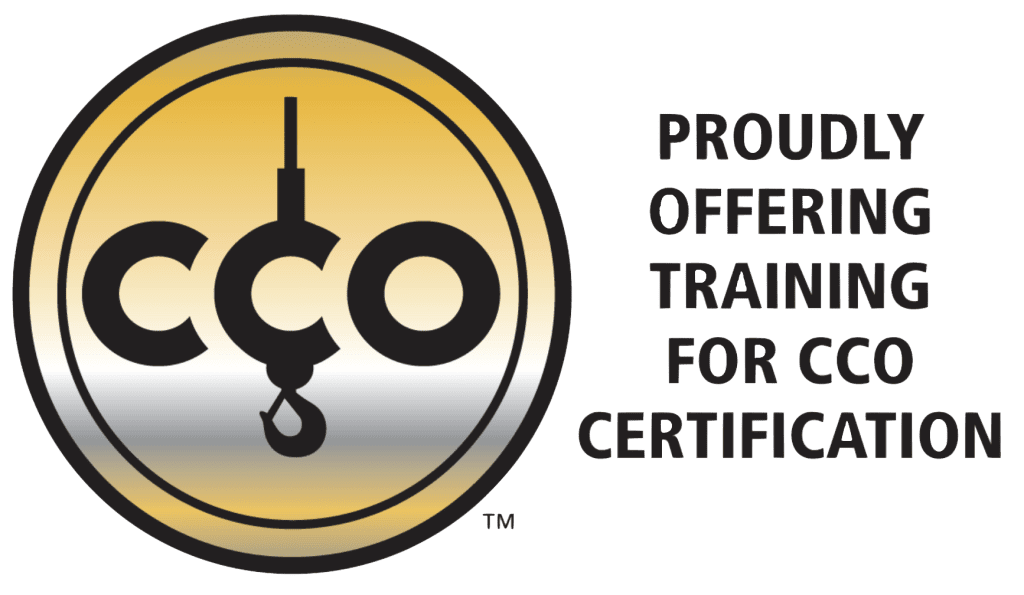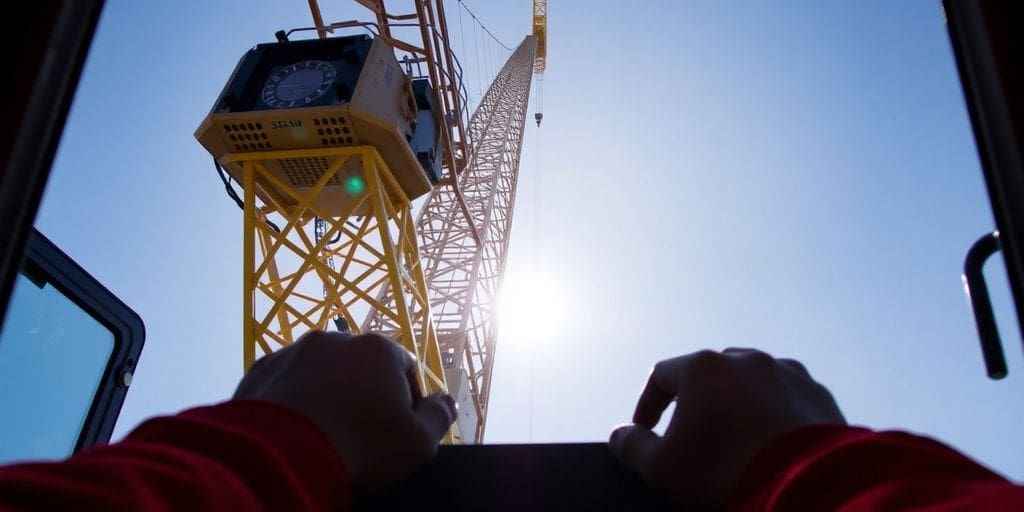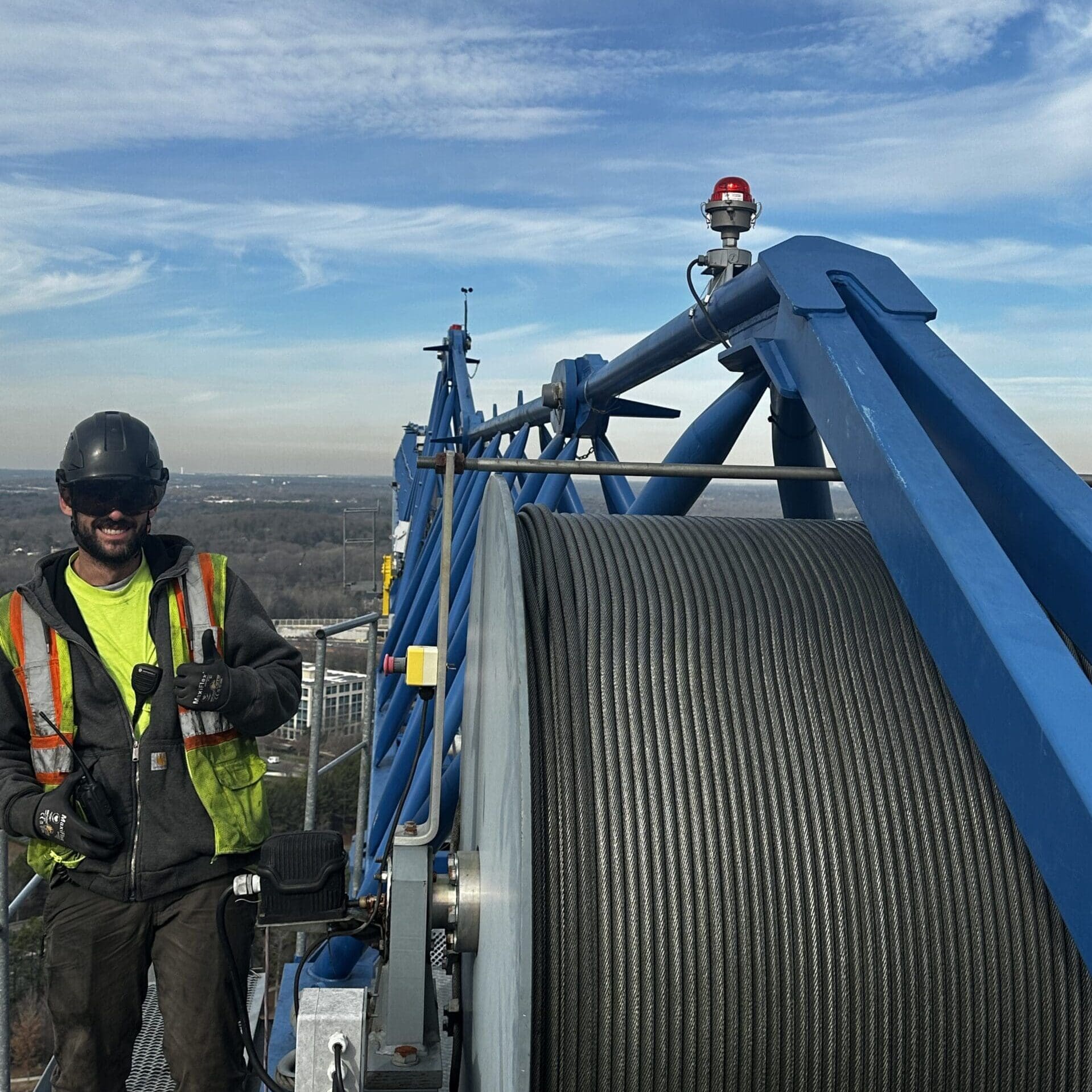Operating a crane is serious business. It takes skill, focus, and a real commitment to safety. Accidents can happen fast, and the consequences can be pretty severe for everyone on site. That’s why knowing the basics of crane safety is a must for anyone behind the controls or working nearby. We’ve put together some top tips to help keep things safe and sound when you’re on the job.
Key Takeaways
- Always do a full check of the crane before you start any work. Look for anything that seems off or damaged.
- Make sure you’ve got the right training and certifications. Don’t operate a crane if you’re not qualified.
- Talk clearly with your team. Good communication helps everyone stay on the same page and avoid mistakes.
- Rig loads the right way. Using the correct hitches and angles for slings is super important to prevent drops.
- Get the crane stable before you start rigging. Use outriggers and pads properly to stop the crane from tipping.
1. Conduct Thorough Pre-Operation Inspections
Alright, let’s talk about the absolute first thing you should do before you even think about lifting anything: the pre-operation inspection. Seriously, this isn’t just a suggestion; it’s your first line of defense against a bad day.
Think of it like checking your car before a long road trip. You wouldn’t just hop in and go, right? Same deal with a crane. You need to give it a good once-over to make sure everything is in tip-top shape. This means looking at all the moving parts, checking fluid levels, and making sure all the safety gadgets are working like they should.
What to Look For:
- Visual Check: Walk around the entire crane. Look for any obvious damage, like cracks, leaks, or loose parts. Check the tires or tracks, the boom, and the hook.
- Fluid Levels: Make sure the oil, hydraulic fluid, and coolant are at the proper levels. Low fluids can cause serious problems.
- Safety Devices: Test things like the anti-two-block device, the rated capacity indicator, and any limit switches. These are super important for preventing accidents.
- Controls: Test all the controls to make sure they respond correctly. This includes steering, hoist controls, and outrigger controls.
- Wire Rope and Hook: Inspect the wire rope for any fraying, kinks, or corrosion. Also, check the hook for any damage or wear.
Don’t just glance over things. Be thorough. If you find something that doesn’t seem right, don’t ignore it. Report it and get it fixed before you start operating. It’s better to be safe than sorry, and honestly, it’s just part of the job.
Document Your Findings:
After you’ve done your inspection, it’s a good idea to write down what you found. Keep a log of your daily checks. This not only helps you track any issues but also serves as proof that you’re following safety procedures. If something does go wrong later, having that documentation can be a lifesaver.
2. Ensure Proper Training and Certification
Hey there! So, you’re behind the controls of a massive crane, right? That’s a big deal, and it means you need to know your stuff. Getting the right training and certification isn’t just a formality; it’s your ticket to operating safely and effectively. Think of it like this: you wouldn’t want a surgeon operating on you if they only read a book about it, would you? Same goes for crane operation. It’s a complex job that involves more than just moving the boom. You’ve got to understand load charts, rigging techniques, and how to spot potential hazards before they become problems.
What Makes a Crane Operator ‘Competent’?
Being a ‘competent’ operator means you’ve got the knowledge, the training, and the hands-on experience to do the job right. This includes knowing the specific regulations that apply to your work, understanding the crane you’re operating inside and out, and being aware of any dangers on the job site. It’s about having a solid grasp of the equipment and the tasks involved.
Why Formal Training Matters
Many companies might skimp on training, thinking it’s too expensive or not that important. But honestly, the cost of an accident – injuries, fines, and downtime – is way higher. When something goes wrong, investigators will definitely look at the training you received. Proper training covers:
- Understanding load capacities and how to read load charts.
- Proper rigging methods and selecting the right gear.
- Recognizing and avoiding common crane hazards.
- Knowing the crane’s operational limits and safety features.
- Communication signals and procedures on the job site.
Certification: Your Proof of Skill
Getting certified by recognized bodies, like the NCCCO (National Commission for the Certification of Crane Operators), shows you’ve met industry standards. This often involves both written tests and practical exams. It’s a great way to prove you have the skills and knowledge to handle the job safely. Some training programs even offer specialized courses for rigging and signaling, which are super important for safe crane operations.
Investing in quality training and certification isn’t just good for your career; it’s absolutely vital for keeping yourself and everyone around you safe on the job. It’s about being prepared for anything the worksite throws at you.
3. Maintain Clear Communication and Coordination
When you’re up in the crane cab, it can feel like you’re in your own world, but out on the ground, there’s a whole team working together. Making sure everyone’s on the same page is super important for keeping things safe.
Use Standardized Signals and Radio Protocols
Clear communication prevents misunderstandings and accidents. It’s not just about shouting; it’s about using a common language. This means knowing and using the standard hand signals that everyone on the crew understands. If you’re using radios, stick to the agreed-upon protocols so instructions are clear and concise. This helps avoid confusion, especially when things get noisy or visibility isn’t great.
Keep Everyone Informed
It’s a good idea to have a quick chat before starting a lift, kind of like a huddle. Go over what you’re lifting, where it’s going, and any potential issues you see. This way, the signal person, riggers, and anyone else involved know the plan. If something unexpected pops up, like a sudden gust of wind or an obstacle appearing, being able to communicate that quickly can make all the difference.
Practice Makes Perfect
- Know the signals: Make sure everyone on the ground knows the standard hand signals for crane operation.
- Radio etiquette: Use clear, short messages. Confirm instructions received.
- Visual checks: Always try to maintain eye contact with your signal person when possible.
- Pre-lift briefing: Discuss the lift plan with the entire crew before starting.
Good communication isn’t just about giving orders; it’s about listening and confirming that everyone understands. It builds trust and makes the whole operation run smoother and safer.
4. Rig Loads Correctly
Getting the rigging right is super important for keeping everyone safe. If a load isn’t rigged properly, it can slip, fall, or swing unexpectedly, which is a recipe for disaster. It’s all about making sure the load is securely attached to the crane’s hook using the right gear and techniques.
Hitching Methods
There are a few ways to attach slings to a load, and you need to pick the best one for what you’re lifting. Think about the shape of the object and how the weight is spread out. Two common ways are:
- Basket Hitch: This is like making a loop around the load. It’s good for many shapes and helps keep things stable.
- Choker Hitch: This wraps around the load and tightens as you lift. It’s useful for oddly shaped items, but you need to be careful it doesn’t cut into the load or the sling.
Sling Angle Matters
This is a big one that a lot of people overlook. When you don’t lift a load straight up, meaning the slings aren’t vertical, you put extra stress on them. The angle of the sling directly affects how much weight it can actually hold. Always check the sling’s capacity rating for the specific angle you’re using. Using slings that are rated for the weight and the angle is key to preventing a sling failure. You can find charts that show how much the capacity decreases as the angle gets wider. It’s better to be safe and use a sling that’s rated for a heavier load than you think you need, just to be sure.
Load Stability
Beyond just attaching the load, you want to make sure it stays put once it’s in the air. This means distributing the weight evenly and using any available attachment points. Sometimes, you might need to use extra gear like spreader bars for long or awkward loads to keep them from bending or tipping. Keeping an eye on the load and being ready to make small adjustments with tag lines can also help prevent any unwanted swinging. You can find more details on proper rigging techniques at crane rigging safety.
Making sure the rigging is done right from the start saves a lot of headaches later. It’s not just about lifting the object; it’s about lifting it safely and predictably.
5. Stabilize Crane Properly Before Rigging
Alright, so you’ve got the load ready, but before you even think about lifting, let’s talk about making sure the crane itself is as steady as can be. This is super important, folks. A crane that isn’t properly stabilized is just waiting for something to go wrong, and nobody wants that.
Think of it like this: you wouldn’t try to balance a stack of books on a wobbly table, right? Same idea here. Cranes, especially mobile ones, rely on things like outriggers or stabilizers to give them a solid base. These aren’t just suggestions; they’re critical for preventing tip-overs and keeping everything safe.
Here’s the lowdown on getting it right:
- Check Your Ground: First things first, make sure the ground where you’re setting up is firm and level. If it’s a bit soft or uneven, you’ll need to use outrigger pads or mats. These spread the weight out, stopping the outriggers from sinking in. Never, ever put those outriggers over holes or soft spots.
- Extend Those Outriggers: Always follow what the manufacturer says about how far to extend your outriggers. Don’t guess! And make sure they’re fully extended and locked in place. Partial extension is a big no-no because it messes with the crane’s balance.
- Level Check: Once the outriggers are down, use a level or an inclinometer to make sure the crane is perfectly level. Even a small tilt can make a huge difference when you’ve got a heavy load hanging in the air.
Proper outrigger setup is one of those things that can easily be overlooked, but it’s a major factor in preventing accidents. Take the time to do it right, every single time.
Remember, the goal here is to create a stable platform. Getting this part wrong can lead to some really serious accidents, so pay close attention to these steps. It’s all about being prepared and making sure your equipment is set up for success before the actual lifting begins.
Before you start rigging, make sure the crane is steady and secure. This is a super important step to keep everyone safe. Want to learn more about safe crane operations? Visit our website for expert tips and training!
Stay Safe Out There!
So, we’ve covered some really important stuff today about staying safe when you’re operating a crane. It’s a big responsibility, and keeping yourself and everyone around you out of harm’s way is the top priority. Remember all those checks, clear communication, and knowing your equipment inside and out. It might seem like a lot, but these habits really do make a huge difference. Keep up the good work, stay sharp, and always put safety first. That’s how we all get home safe at the end of the day.
Frequently Asked Questions
Why is crane operation safety so important?
Crane safety is super important because it stops accidents, keeps people from getting hurt, and prevents damage to the crane. It makes sure everyone on the job site, including the operator, other workers, and people nearby, stays safe. Plus, it helps the work get done smoothly and without problems.
How can I make sure a crane is operated safely?
To operate a crane safely, always do a thorough check before you start, make sure you’ve had the right training, talk clearly with your team, rig loads the correct way, check that the ground is stable, use standard hand signals, stay far away from power lines and other dangers, set up barriers and signs, and keep certain areas clear. Also, regularly inspect your equipment.
What should I look for during a pre-operation inspection?
Before you use the crane, check for any damage you can see. Make sure all the controls and safety features work right. Look at the ropes and chains for any wear and tear. Check the oil and fluid systems. Confirm that the crane’s weight limits are clear and correct. And give the whole crane a good look to see if it’s structurally sound.
How does communication help with crane safety?
It’s crucial to have clear communication. This means using standard hand signals that everyone understands, especially in noisy places. Good communication helps the operator know exactly what to do, making the lifting process safer and smoother.
What’s the deal with staying away from power lines?
Always keep a safe distance from power lines and other possible dangers. Touching power lines can cause serious harm or damage. Know the safe distances required by law and be aware of your surroundings. This includes other machines, buildings, or people nearby.
Are outriggers really that important for preventing tip-overs?
Yes, using outriggers correctly is key to stopping the crane from tipping over. Always follow the instructions for extending them, put pads underneath them, and never set them on soft or uneven ground. Many accidents happen because the outriggers weren’t set up right.




